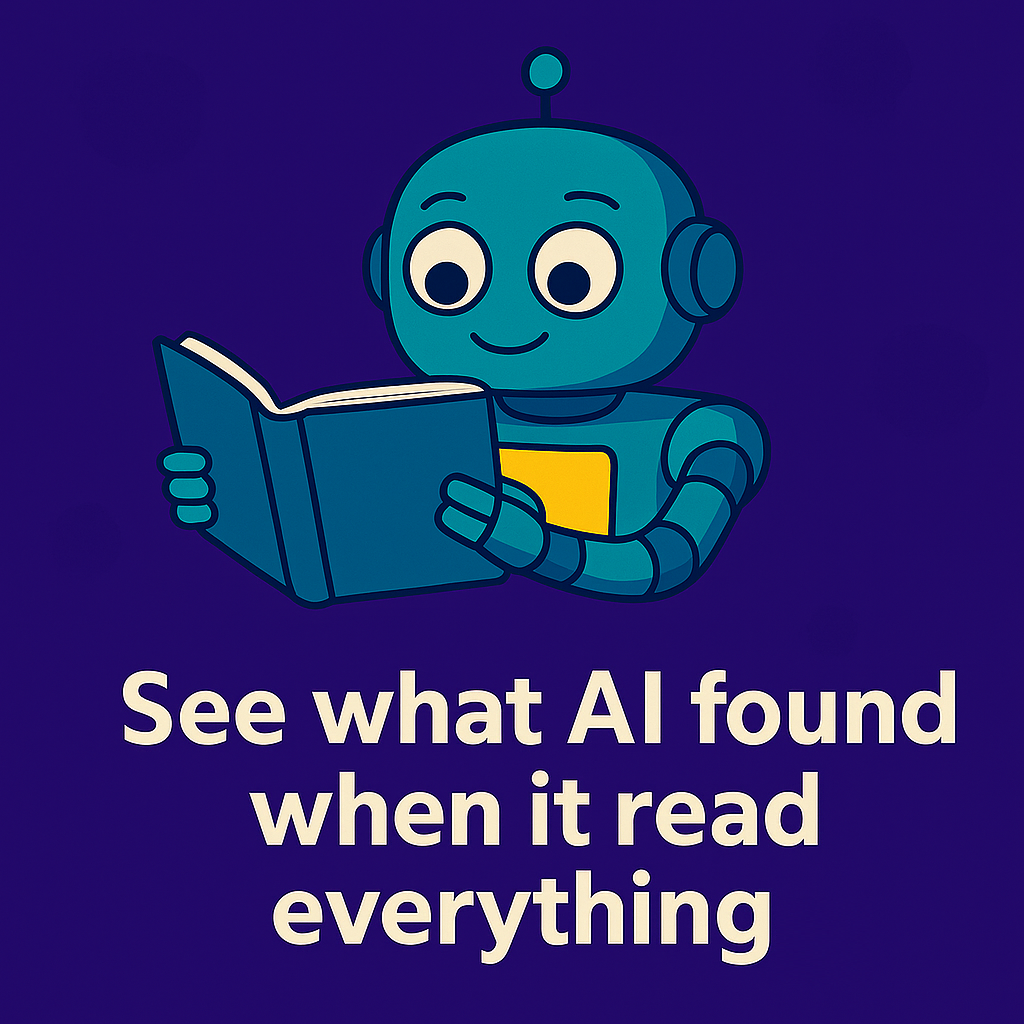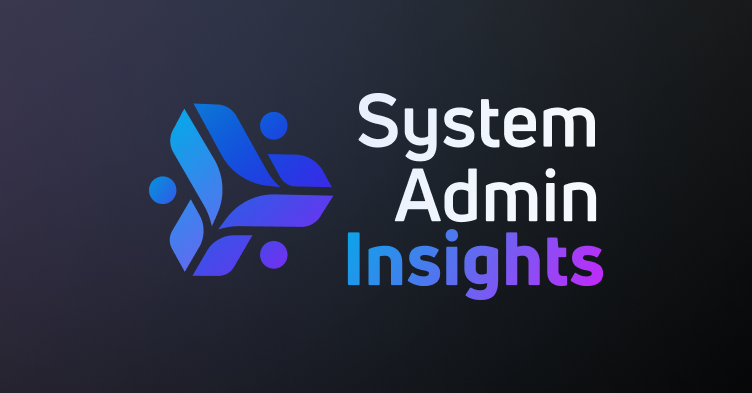Why Your ATS Ecosystem Needs Constant Care
With Vivian Larsen, HR Technology Strategist at Integral Recruiting Design (IRD)
For companies using iCIMS, integrations can be one of the most powerful—and painful—parts of the applicant tracking system (ATS) experience. Whether it’s syncing data with an HRIS, payroll, background check, or reporting platform, poor integration hygiene can erode trust in your system and your data.
To unpack what it takes to keep iCIMS integrations healthy and high-performing, I sat down with IRD’s HR Technology Strategist, Vivian Larsen. With experience managing over 500 HR technology implementations, including hundreds of iCIMS system optimizations, Vivian knows exactly where integrations go wrong—and what to do about it.
Watch the full conversation below:
iCIMS Integrations Are Not “Set It and Forget It”
“One of the biggest misconceptions I see with iCIMS implementations is the belief that integrations are a one-time setup,” Vivian explained. “But your ATS is a living, breathing system. Every new job, hire, or business change creates ripple effects throughout your digital ecosystem.”
From bi-directional integrations between iCIMS and ADP, to data feeds flowing to data warehouses or background check vendors, integrations must adapt continuously—or they break silently in the background.
Common iCIMS Integration Mistakes That Cost You
Neglected iCIMS integrations can lead to costly problems:
- Delayed onboarding due to mismatched data between iCIMS and HRIS platforms
- Failed hires because salary bands or cost center codes didn’t carry over
- Poor internal mobility experiences when current employees are not properly flagged in the system
- Inaccurate analytics and headcount planning due to missing or misaligned fields
- Compliance risks when regulations (e.g., data privacy laws, DEI tracking) change and integrations don’t adjust
Vivian emphasized that most of these issues aren’t technical failures—they’re the result of human processes lacking ongoing governance.
Why iCIMS System Admins Need to Be Strategic Translators
As a system administrator working with iCIMS, your role is more than technical support. You’re the translator between business needs and system behavior. Vivian emphasized the importance of being able to “message up”—simplifying complex system issues for business stakeholders who may not understand the intricacies of data mapping, API versions, or field-level permissions.
If leadership doesn’t understand the cost of bad integrations, they won’t prioritize fixing them. And the costs are real: time, money, and candidate experience all suffer when your iCIMS data is unreliable.
Proactive Maintenance Beats Reactive Firefighting
Most companies don’t realize their iCIMS integration is broken until it’s already caused damage. Instead, Vivian recommends building a proactive iCIMS integration maintenance plan, which includes:
- Documenting every integration and associated field mapping in a readable format (a shared spreadsheet is better than nothing)
- Scheduling regular governance reviews (quarterly is a good start)
- Tracking API version changes (iCIMS REST API vs DataStream API, for example)
- Monitoring error reports using iCIMS’s native integration logs or third-party dashboards
- Keeping a record of all field, dropdown, and permission changes that could impact downstream systems
Understanding iCIMS Middleware and API Strategy
iCIMS supports both flat file integrations (batch processing) and real-time DataStream APIs. Many enterprise customers also implement middleware solutions (like Boomi or Workato) to manage data transformations between iCIMS and systems like Workday, SAP, or Oracle.
Vivian explained the pros and cons of handling middleware in-house versus using a vendor:
- In-house middleware gives more control but often lacks urgency when updates are needed.
- External vendors can often move faster, especially when they specialize in iCIMS integrations across multiple customers and understand the quirks of versioning and field compatibility.
Integration Versioning: REST API vs DataStream in iCIMS
A common confusion point for iCIMS customers is understanding API version differences. Vivian offered a helpful analogy:
“REST API is like texting. DataStream is like a live phone call.”
In other words: REST runs on a schedule, while DataStream sends updates in real time. Each version exposes different fields and capabilities. If you’re not aware of what version your integration uses, you might be missing out on critical functionality—like audit trail reporting or real-time status changes.
Don’t Let One Broken Field Derail Everything
Vivian shared an example from an iCIMS customer where one broken field in the offer process caused a cascade of failures: a delayed paycheck, missed equipment delivery, and a poor onboarding experience that left a bad taste for a new hire.
These aren’t theoretical risks. This is what happens when ATS-to-HRIS integrations fall out of sync and no one notices until it’s too late.
Scaling with iCIMS: When to Introduce Position Control
For organizations scaling past 5,000 employees, position control within systems like Workday becomes critical. In a position-controlled environment, roles are created upstream in the HRIS and flow into iCIMS as approved jobs with consistent headcount and compensation data.
Although complex to implement, this model significantly reduces data discrepancies and hiring errors—especially when integrated cleanly with iCIMS.
Questions iCIMS Customers Should Be Asking Right Now
If you’re managing iCIMS at your organization, here are the questions Vivian says you should be asking:
- Are there regulatory changes (e.g., pay transparency laws, local address rules) impacting our hiring data?
- When was the last time we reviewed our iCIMS integrations—and what triggered the update?
- Do we have internal documentation of our integrations and field mappings?
- Are we using REST or DataStream APIs—and are we on the latest supported version?
- Is our middleware managed in-house or by a vendor—and how fast can it adapt to business changes?
- Do we have a governance cadence in place across systems (ATS, HRIS, payroll, background check, etc.)?
Final Thoughts: iCIMS Integrations Aren’t Optional, They’re Foundational
At IRD, we often say: Your iCIMS data is only as good as your integrations. Whether you’re using iCIMS to manage 500 hires or 50,000, your integration strategy determines the quality of your data, your analytics, and your candidate experience.
And if you’re unsure whether your integrations are helping or hurting your hiring process, it may be time to schedule an optimization.
Need help? IRD specializes in iCIMS system administration, data cleanup, and integration optimization. Let’s talk.



